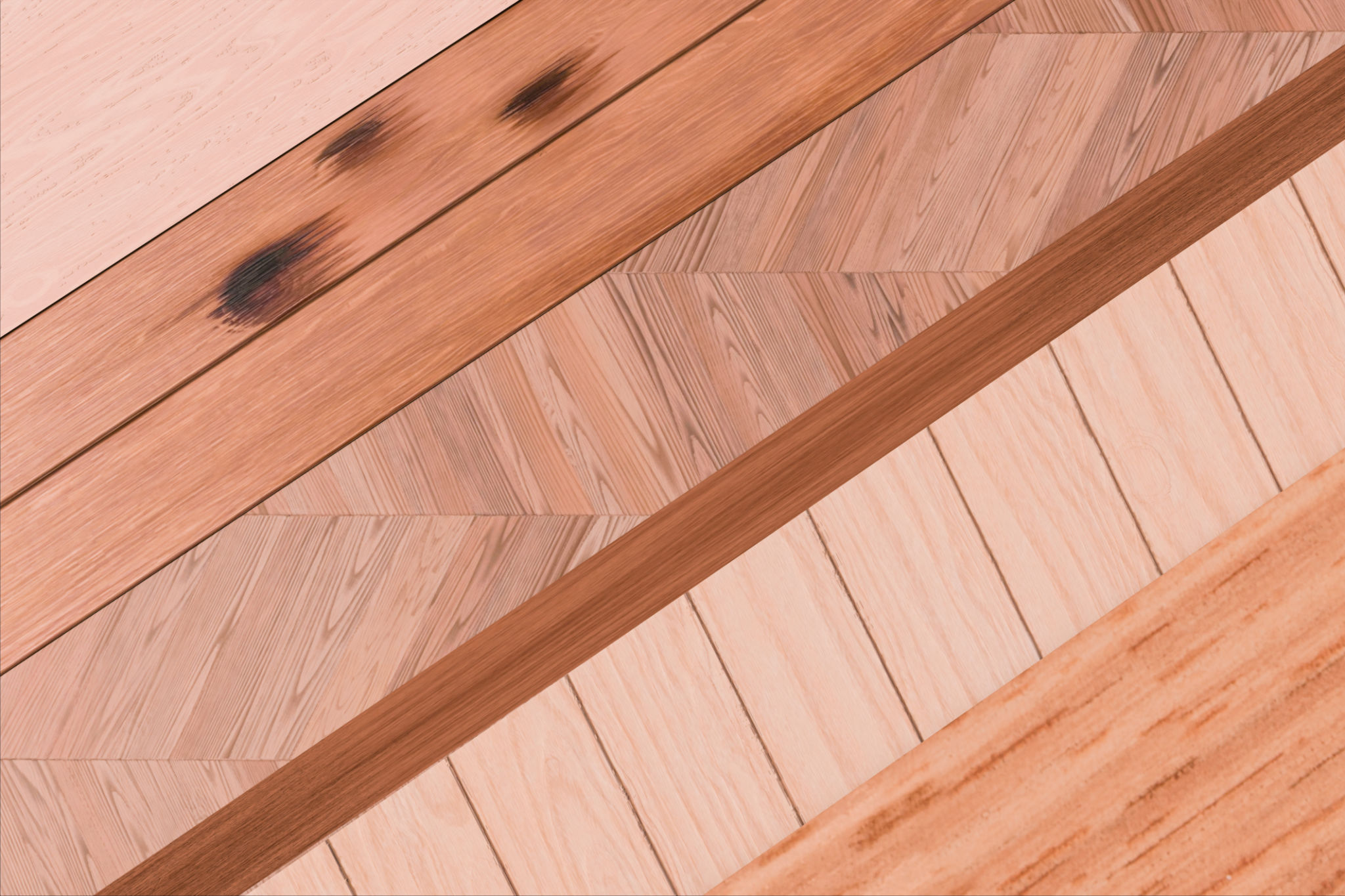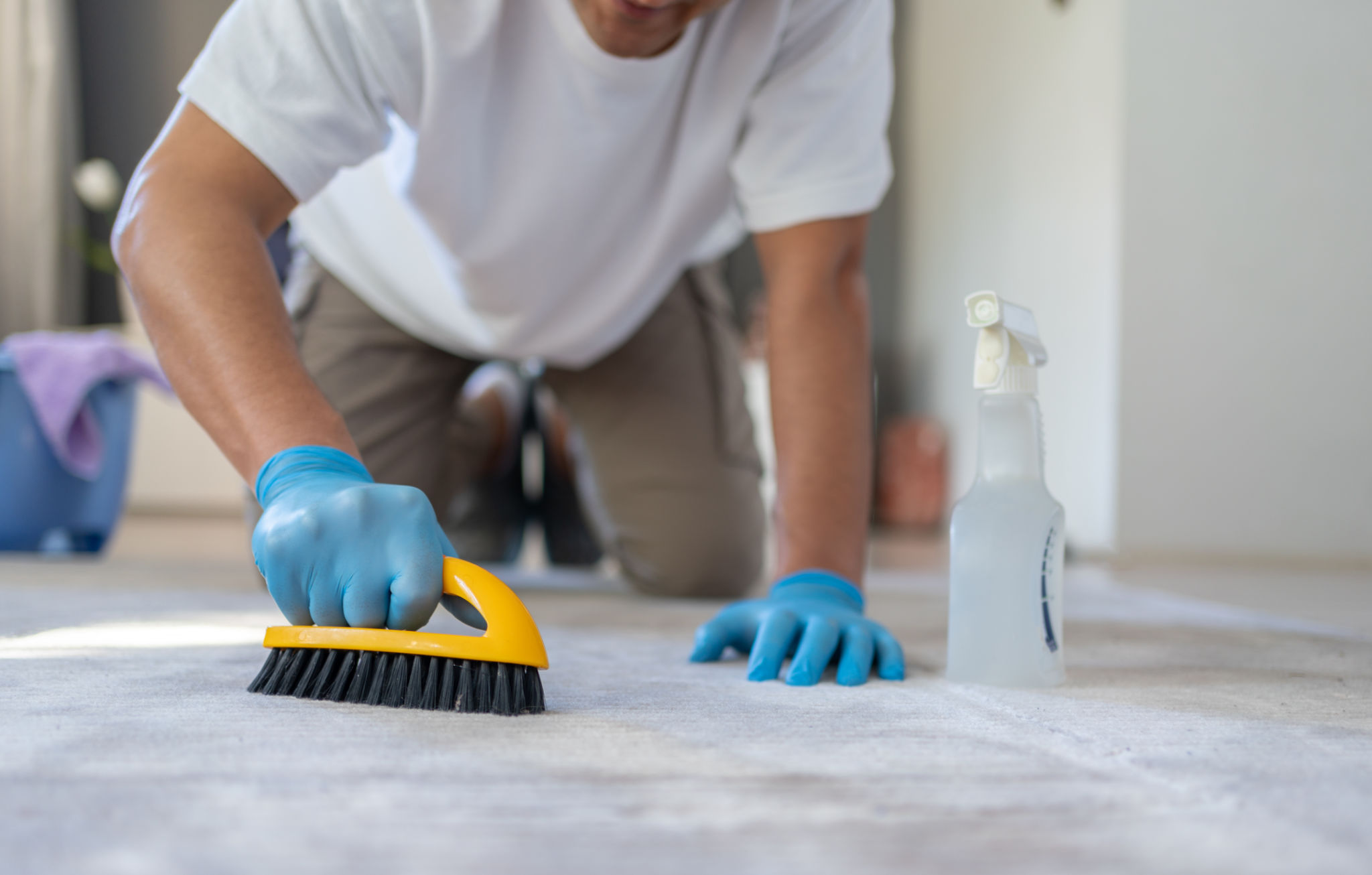Effective Floor Scrubbing Techniques: Maintaining Your Floors Like a Pro
Understanding Your Floor Type
Before diving into scrubbing, it's crucial to understand the type of floor you're dealing with. Each floor material—whether it's tile, wood, laminate, or concrete—requires unique care and cleaning techniques. This knowledge ensures that you don't inadvertently damage your floors while trying to keep them clean. For example, wood floors may not fare well with excessive water, whereas tile can withstand more rigorous scrubbing.

Gathering the Right Tools
Having the right tools is essential for effective floor scrubbing. A high-quality mop, scrub brush, and a suitable cleaning solution are your basic necessities. Depending on your floor type, you might need a soft-bristle brush for delicate surfaces or a stiffer one for tougher grime. Additionally, consider using a microfiber mop head for better absorption and a streak-free finish.
Selecting the Appropriate Cleaning Solution
Choosing the right cleaning solution is as important as selecting the right tools. For instance, a pH-neutral cleaner is ideal for most surfaces as it is gentle yet effective. Avoid harsh chemicals that can strip finishes or cause discoloration, especially on natural stone or wooden floors. If you're unsure, always test a small, inconspicuous area first.

Prepping Your Floor
Preparation is key to achieving professional results. Start by removing any furniture, rugs, or obstacles from the area. Next, sweep or vacuum your floors to get rid of loose dirt and debris. This step prevents scratches and helps your cleaning products work more effectively by allowing them direct contact with the floor surface.
Spot Cleaning Stains
Tackle stains as soon as they occur to prevent them from setting in. Use a damp cloth with a bit of your chosen cleaner to lift the stain gently. For stubborn spots, let the cleaner sit for a few minutes before wiping it away. Remember to avoid abrasive tools that might damage your floors.

Scrubbing Techniques
When you're ready to scrub, use systematic movements to cover the entire floor area efficiently. Start from one corner and work your way across in sections. Use circular motions for general cleaning and more focused back-and-forth strokes for areas with tougher grime. Rinse your mop or brush frequently to avoid spreading dirt around.
Rinsing and Drying
Once scrubbing is complete, rinse your floor to remove any residue from cleaning solutions. This step is vital as leftover chemicals can dull the finish or become slippery when dry. Use clean water and a mop to rinse, then promptly dry the floor with a clean towel or microfiber cloth to prevent water spots or damage.
Maintaining Your Floors
Regular maintenance is key to keeping your floors looking pristine. Develop a cleaning schedule that suits your household's foot traffic and usage patterns. For high-traffic areas, weekly scrubbing might be necessary, while less-used areas can be cleaned less frequently. Consistent care will extend the life and appearance of your flooring.

Additional Tips
Consider applying a floor protectant or sealant for added durability and shine, especially on hardwood or tile floors. Place mats at entryways to reduce dirt and moisture tracked indoors. Lastly, always follow manufacturer guidelines for cleaning and maintenance specific to your floor type.